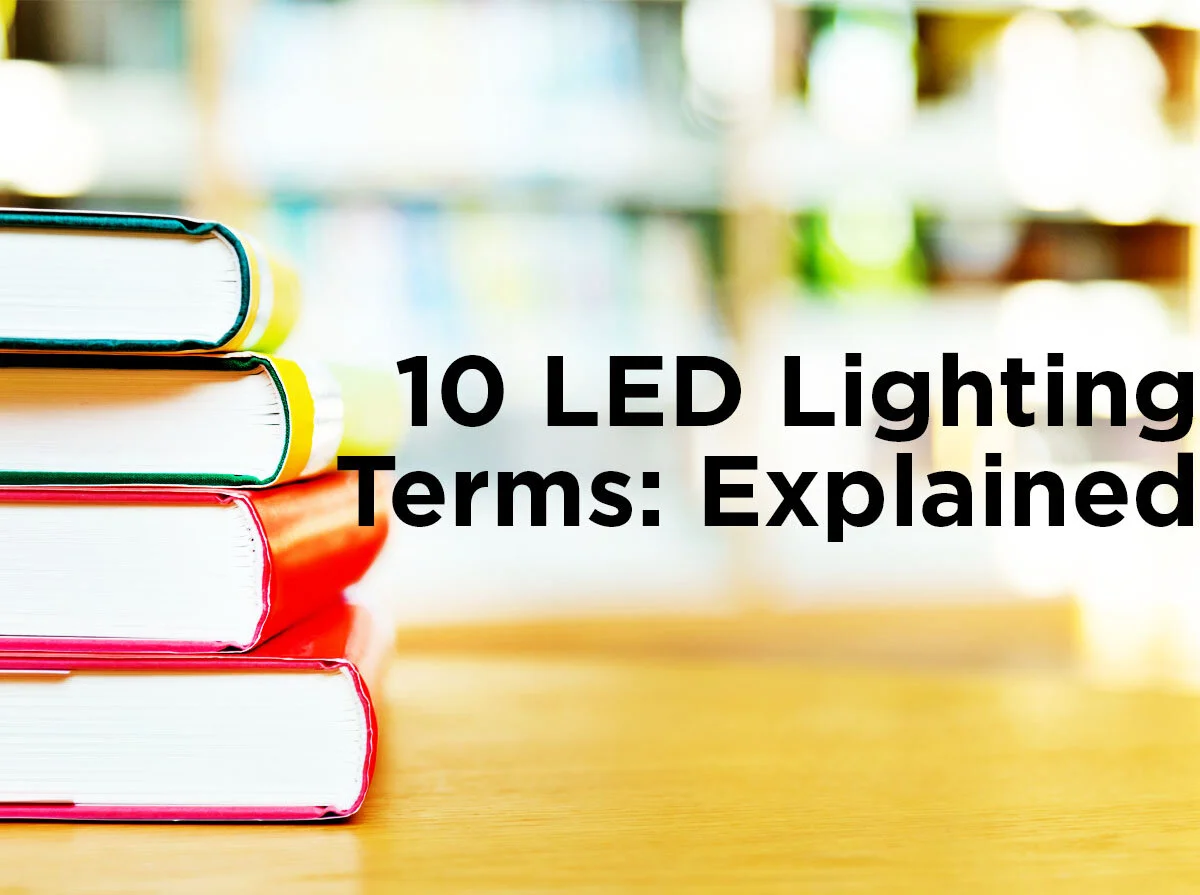Beat the Winter Blues with Lighting
With the fall season in full swing, and winter just on the horizon, the daylight hours are shorter, reducing the amount of sunlight we get daily. This lack of natural lighting has the unintended effect of triggering seasonal affective disorder (SAD) in certain every fall and winter. This seasonal depression can remove the joy from what should otherwise be great seasons. Fortunately, if you suffer from SAD, adding more light to your life can work as a remedy. You’ve probably seen advertisements for SAD lamps with full spectrum lighting, however, what makes them different from any other light bulb or lamp?
What Are SAD Lamps?
SAD lamps (also known as SAD light boxes due to their typical shape), are lamps that recreate indirect sunlight. SAD lamps require a very intense light source with a high color temperature to help mitigate the effects of seasonal depression. These lamps are rated for 5,000 to 10,000 lux (or 10,000 Lumens per square foot), with the majority of lamps favoring 10,000 for good measure. This is roughly equivalent to the intensity of sunlight during the afternoon.
Compare: The luminance of a lamp is measured in Lux, or “Lumens per square meter.” Indirect sunlight is roughly 10,000-25,000 lux while a single lamp in your living room is 80-100 lux. For more on the differences between lux and Lumens, you can check out our previous write-up.
But just having a bright light isn’t enough. In an absence of sunlight, the body produces melatonin. This hormone is what regulates our sleep cycles and an excess can lead to feeling listless and tired. Melatonin is suppressed by a specific wavelength of light. The strongest response is from the blue-white light of the noon-day sun, or roughly 5500K, meaning you need a very powerful light source that emits a full-spectrum light of 5500K. These lamps are usually made using incandescent or fluorescent light sources, but LEDs have an advantage since LEDs can match these requirements while producing less ultraviolet light. LEDs typically emit less UV light than either fluorescent incandescent lamps. This is important because, while UV light is beneficial (under a doctor’s direction) for certain afflictions, it is not necessary for SAD and extended periods of intense UV exposure can burn or damage skin and eyes.
Do Full Spectrum Light Bulbs Work Instead?
You’re in lux! They can work, if set up correctly. While not as effective as a true SAD lamp or light box, full spectrum lamps emit the right color temperature and type of light for proper light therapy. The difference is in intensity. A very bright standard light bulb will, at its very best, emit 2,100 lux, if you reflect all of the light from the bulb in a single direction. This means you’d need a much longer exposure or would need to be much closer to multiple full spectrum light bulbs to get a similar effect. But just how much exposure would you need? Light therapy using a SAD lamp is based on intensity and exposure time. The average recommended exposure time is 30 minutes under a 10,000 lux SAD lamp. A 5,000 lux lamp would require roughly twice that, and the 60-Watt or 800-Lumen light bulbs most people use (roughly 50-100 lux depending on the fixture) would require more time than we have each day. Using a 5500K light bulb as a reading lamp is great since the lamp remains close to you, but it won’t match the effects of true SAD lamps. It needs to be mentioned that, while light therapy has been prescribed to treat seasonal affective disorder, the lamps themselves are not regulated by the FDA. This is why you should make sure that the lamp is rated for 10,000 lux at 5500K.
You should always consult with your general practitioner about ways to treat SAD, since some forms are more severe than others, although proper lighting can help. Have any additional questions? Or an insight you’d like to share? Post it in the comments below, and follow us on Facebook, Twitter, LinkedIn, or Pinterest for more great lighting techniques!







